On March 19th 2021, the Fagradalsfjall volcano began erupting in the Geldingadalur valley in the southern part of Iceland. No one knew how long it would last. I thought for sure it would be over before I got the chance to go there as Covid-19 restrictions had the Icelandic borders closed to tourists at the time. But when July came along and the borders opened back up for those with vaccinations or previous infection (I was in the latter group), the eruption was still going strong. Although the volcano was not as active nor was the lava flow as close to the trailhead as in March, I felt sure that visiting in July would still be worth it, especially since I’d never seen an erupting volcano before and it was high on my wishlist.
So, after a couple of weeks on my beloved Faroe Islands, I set off for my fifth visit to Iceland, the land of Fire and Ice. It was a spontaneous add-on to my trip since I was already halfway there. I spent three days in total roaming South Iceland, a region I’d previously mostly ignored and actively tried to avoid due to overtourism (and because I think the East coast and the Westfjords are much more beautiful!). But the volcano was the perfect excuse to finally see this part of Iceland.
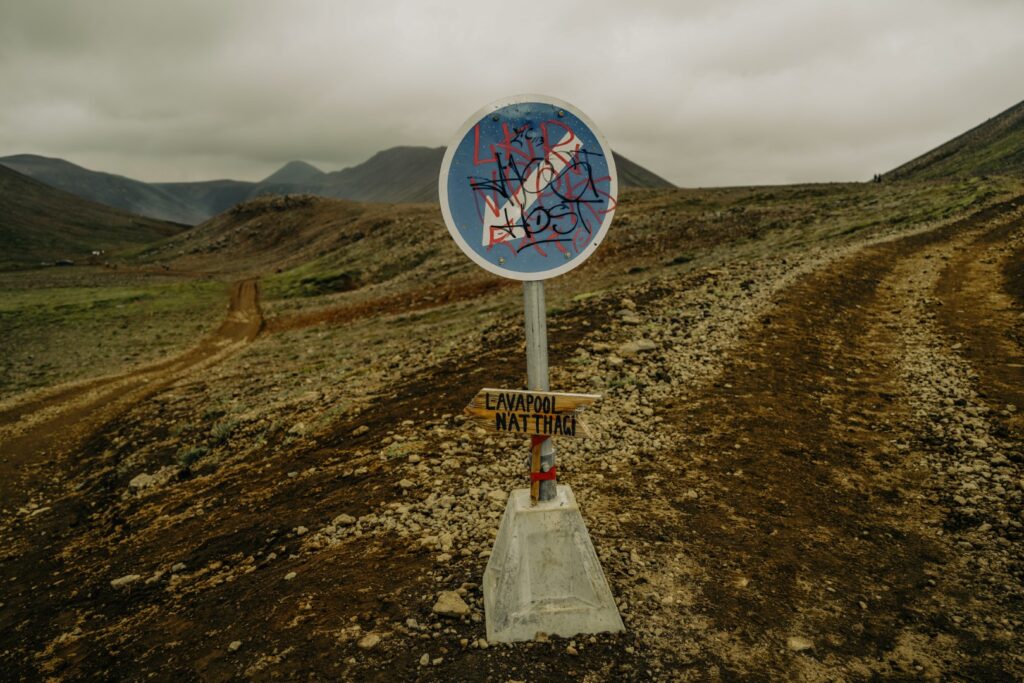
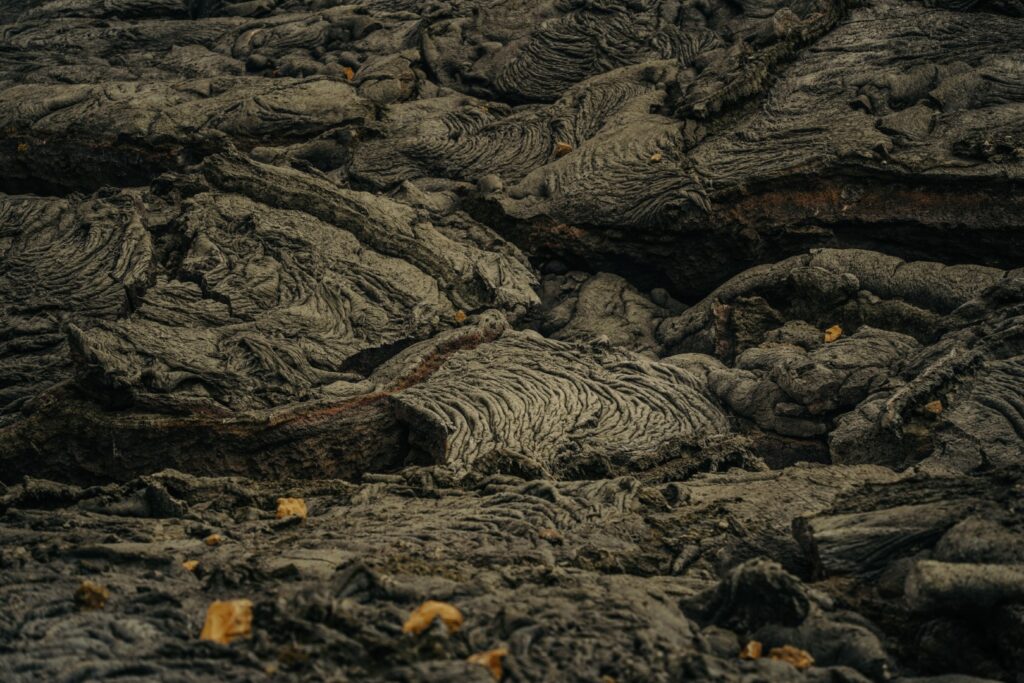
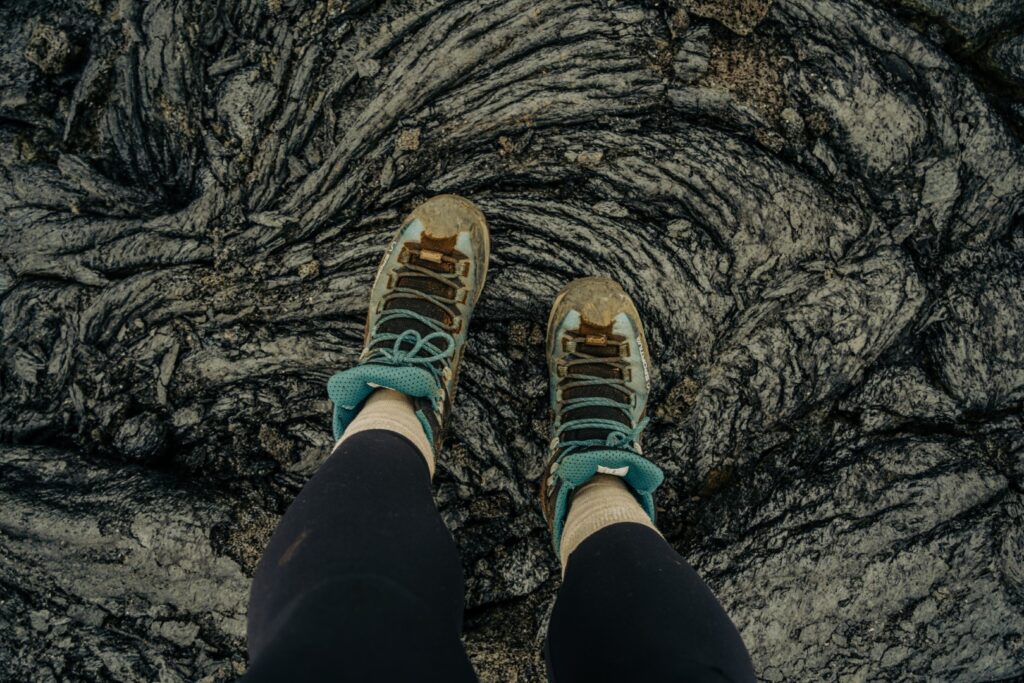
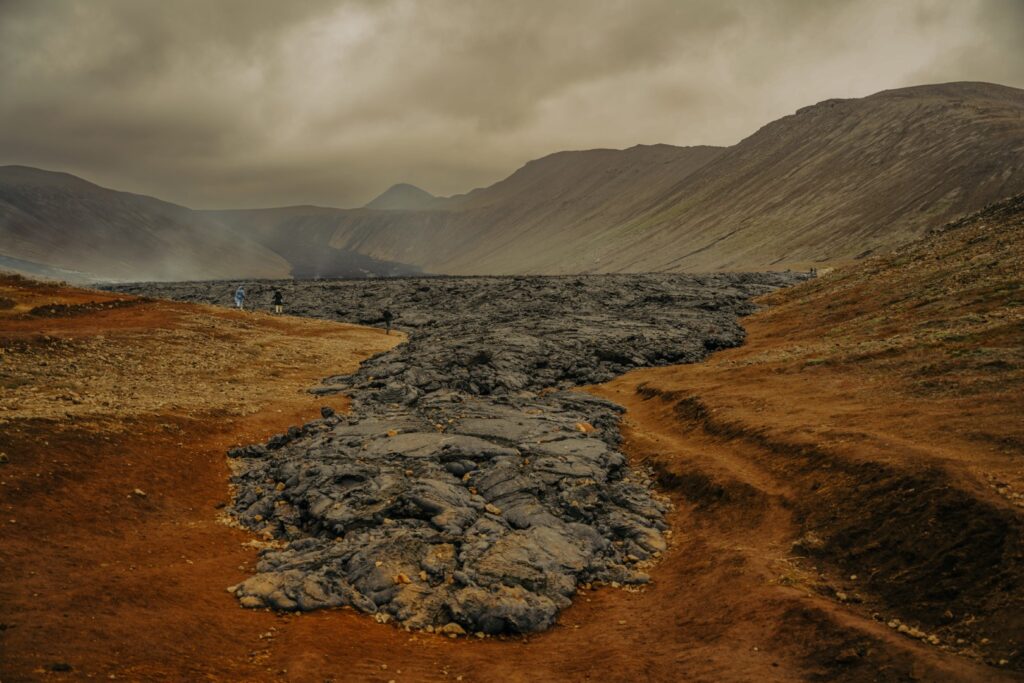
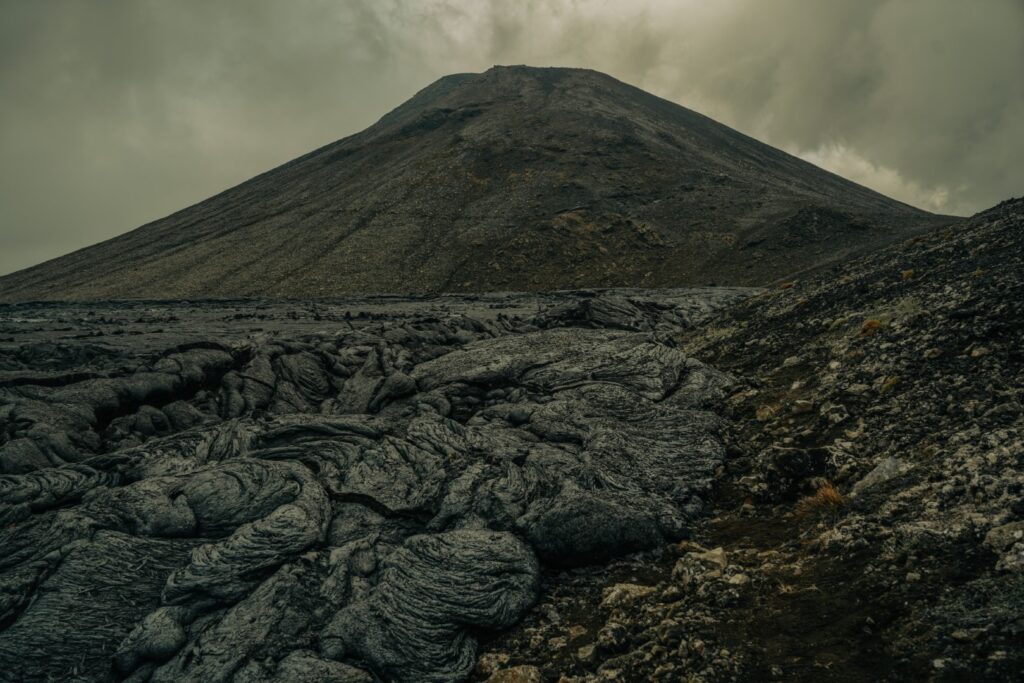
The Fagradalsfjall eruption was unique because it happened in a remote area, far away from any houses. It was easy to set up hiking trails for locals and tourists to visit the eruption site safely, even while the eruptions were ongoing. In fact, it was a pretty calm eruption process, and very different from the famous eruption of the Eyjafjallajökull volcano in 2010 which caused a complete shutdown of air traffic over Europe. This doesn’t mean that Fagradalsfjall was predictable. In fact, it changed several times during the seven months it was active. Fissures and craters opened and closed constantly. At the most, six craters were erupting simultaneously, creating a steady flow of lava forming molten rivers in the valley. The lava is believed to be over 7,000 years old, which makes it the oldest lava that has surfaced in Iceland.
Before I arrived, there had been no activity from the volcano for five days. With only three days to spare for Iceland this time around, I picked up my rental car and drove to the trailhead as soon as I’d arrived. I wanted to have as many chances as possibly to see an eruption. I didn’t exactly know where to go as I’d heard that the trail to the volcano changed often due to changing directions of the lava flow, but I easily managed to find a current trail by following a stream of cars. I don’t think I’ve ever hiked with so many people on an unofficial trail before – it was wild, but also completely understandable. Seeing a volcano erupting is (for most) a once in a lifetime kind of experience!
I started hiking even though I didn’t know if the volcano was actually active on that day. It didn’t take long before I reached the first solidified lava, some of which was still smoking! I followed the string of hikers up the Langihryggur mountain at 296 m., hoping to get a good view of the volcano. I soon realized that the volcano was indeed active, as people were hiking back hyped up and excited. And then I saw it. A cloud of smoke, rising up from the ground, far in the distance.
I decided to climb another mountain (Stórihrútur at 357 m.) for a closer view. It was a steep climb but very very worth it. I got much closer to the eruption and could actually see lava spewing from the volcano in the middle of the valley, flowing down the mountainside ever so slowly. I hiked down the mountain on the other side, aiming to get as close to the lava flow as possible. I got pretty close but not as close as I would’ve liked. There was a lot of smokey solidified lava in the way. I could’ve chanced it and walked over that, but you just never know if it’s hot enough to melt your shoes – or you, in the worst case.
Still, seeing the eruption with my own two eyes was a moment of pure magic and wonder. A moment to cherish forever. I felt so lucky that Mother Earth had been on my side that evening.
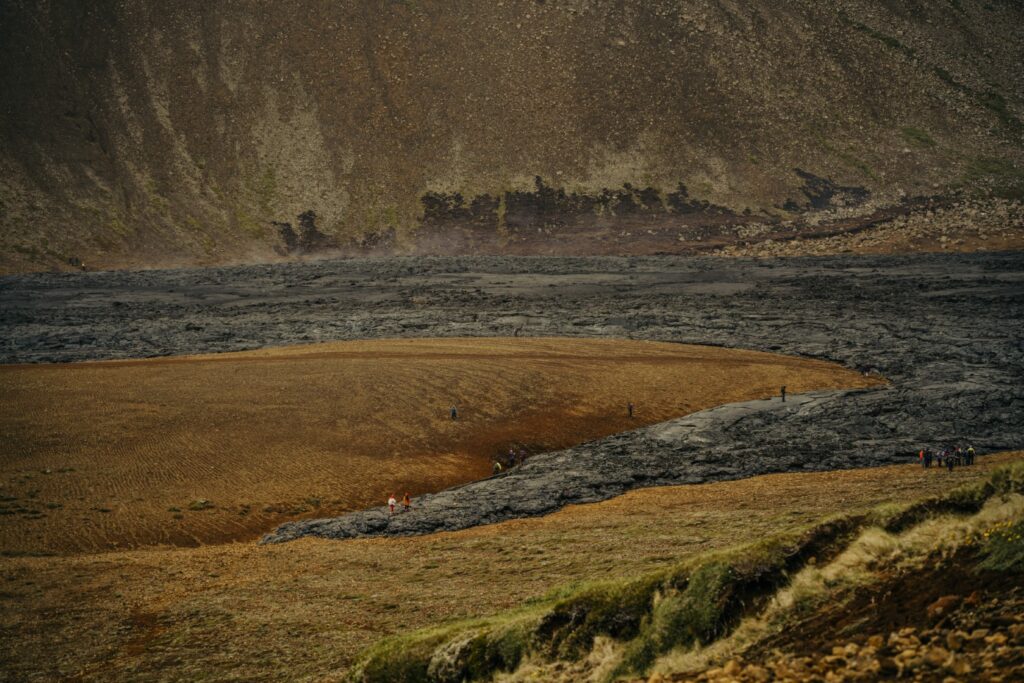
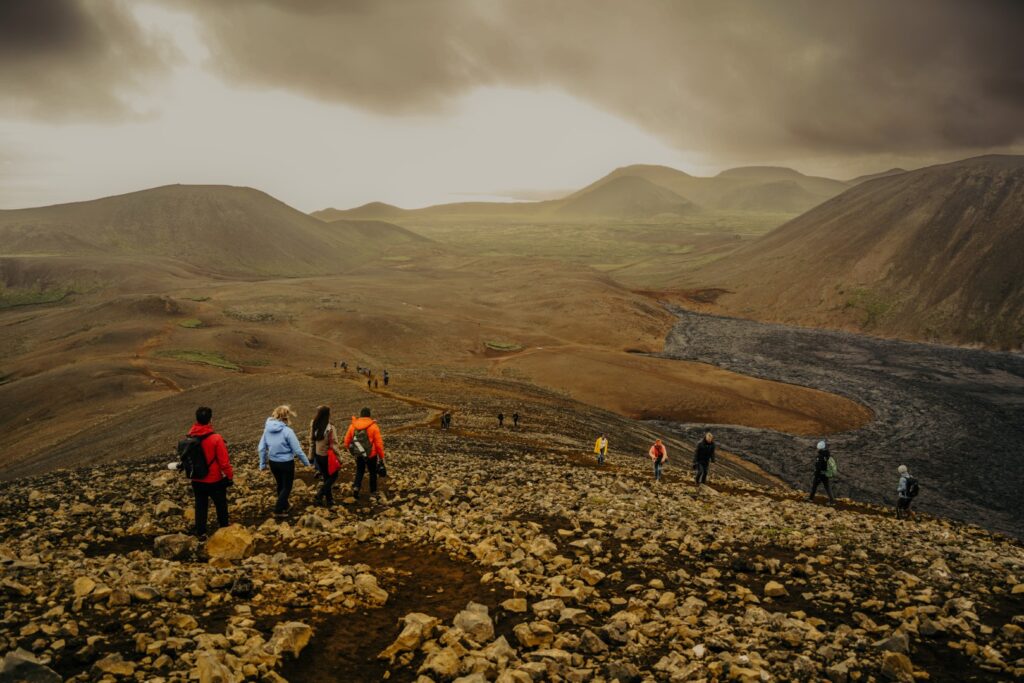
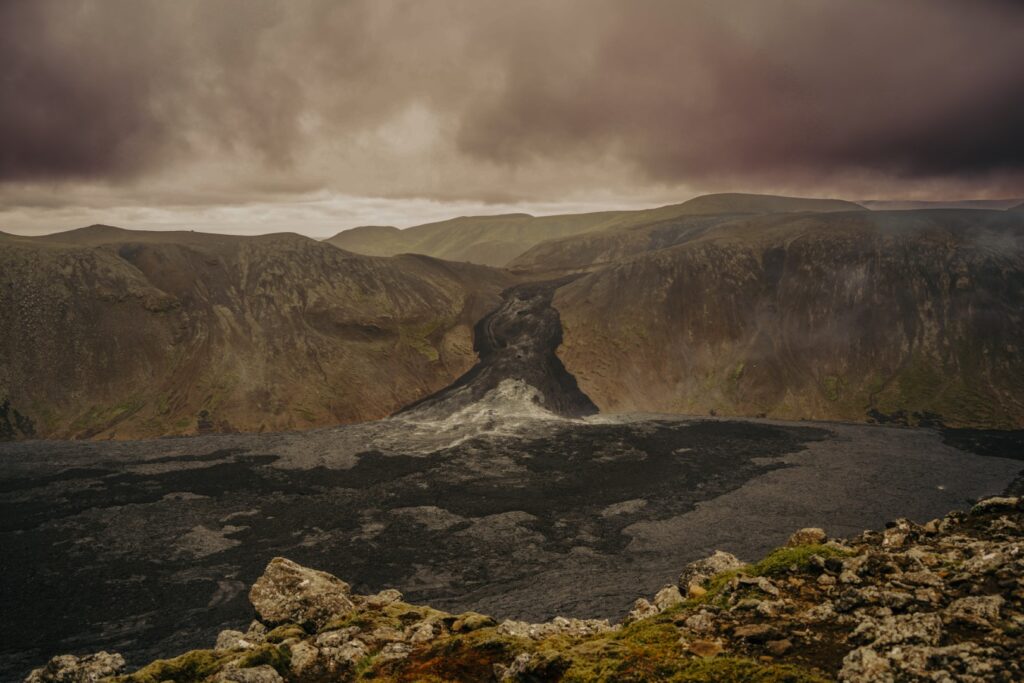
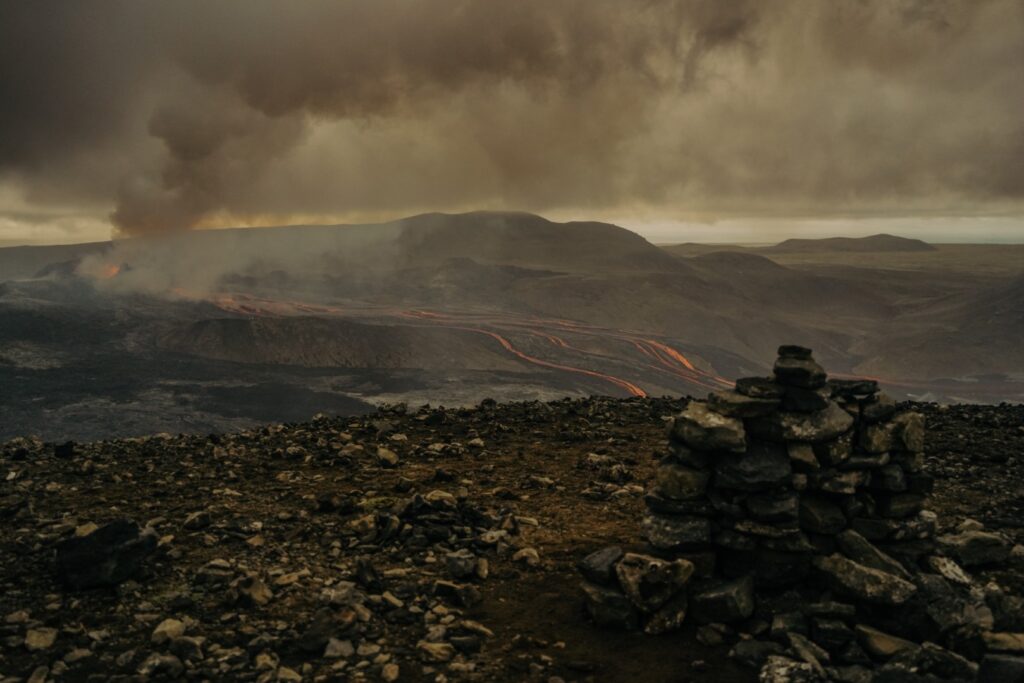
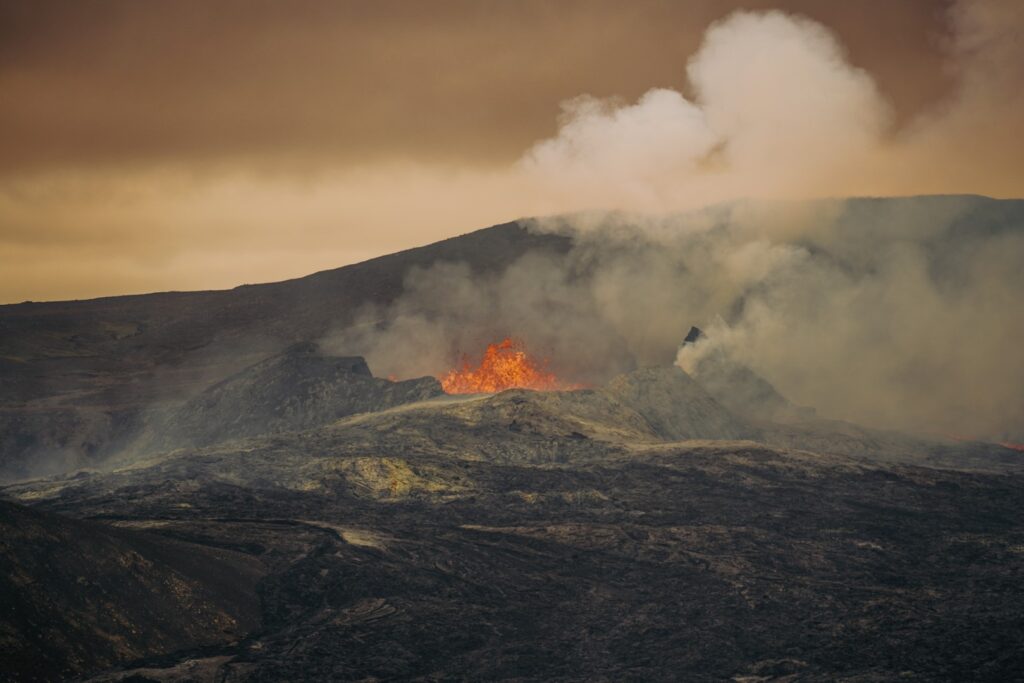
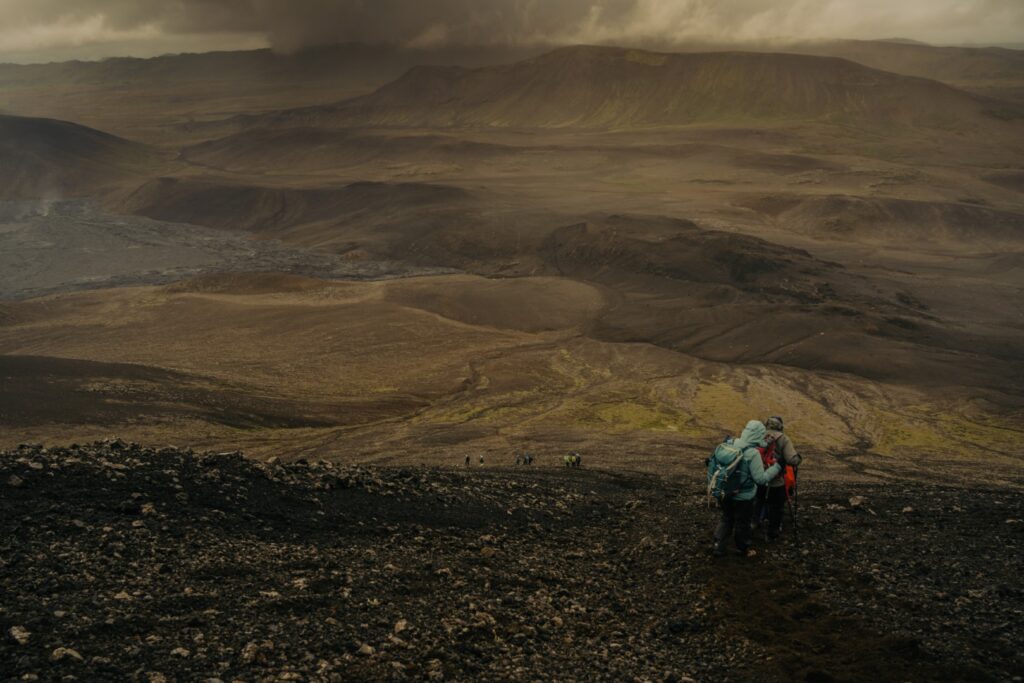
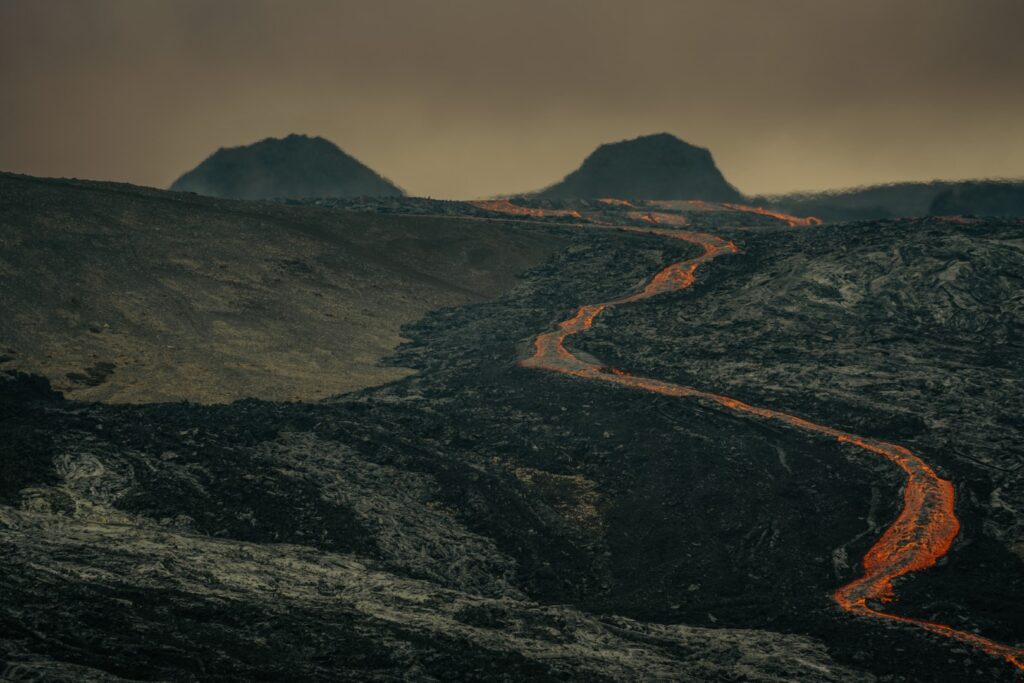
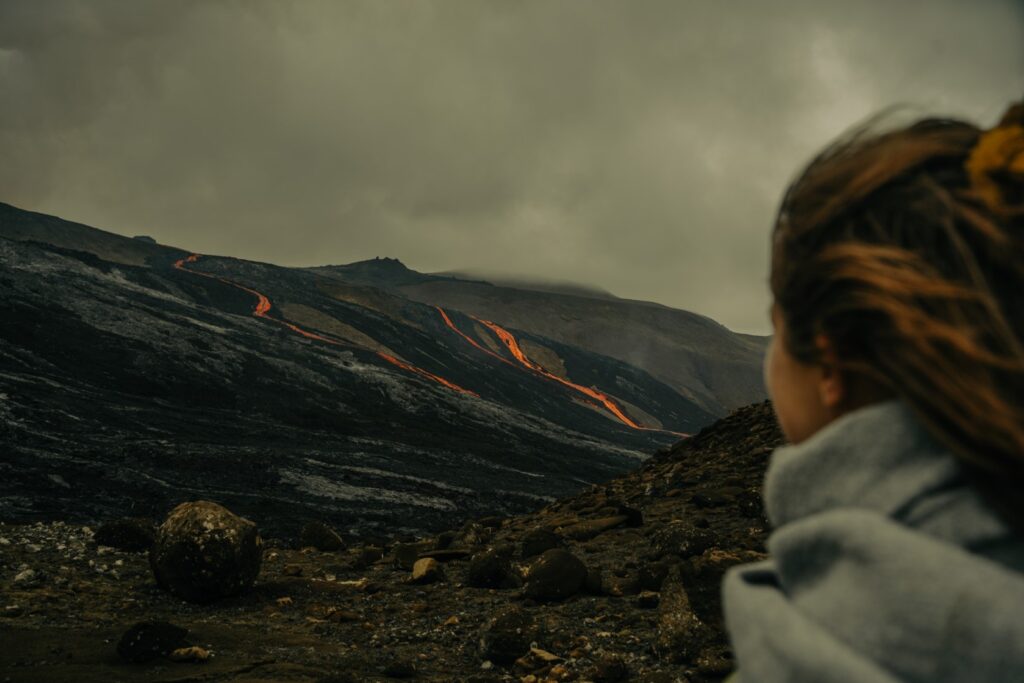
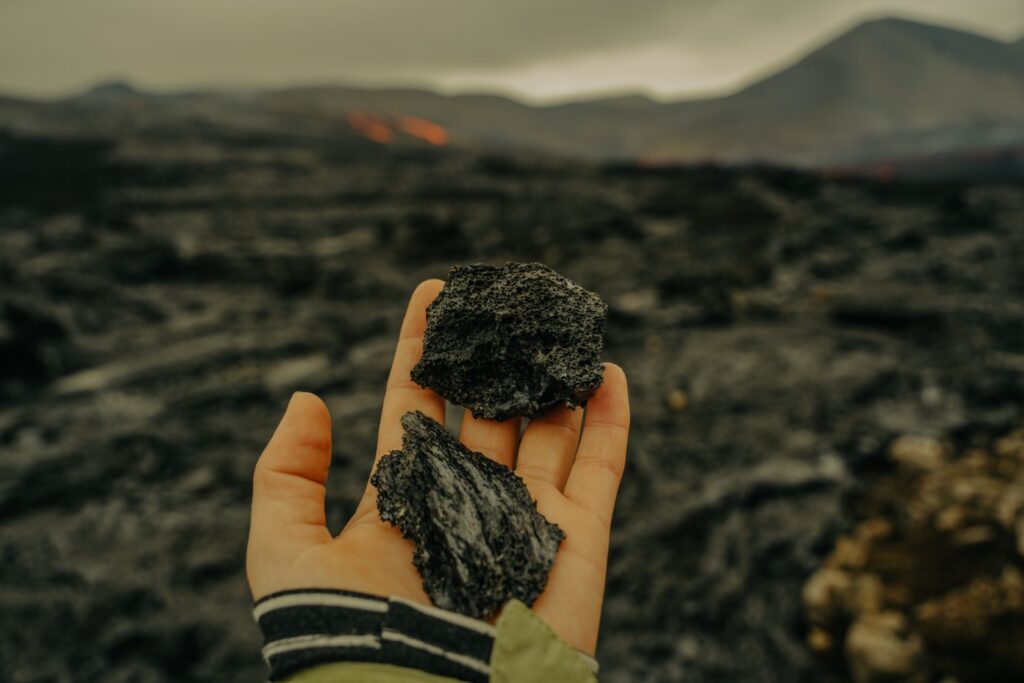
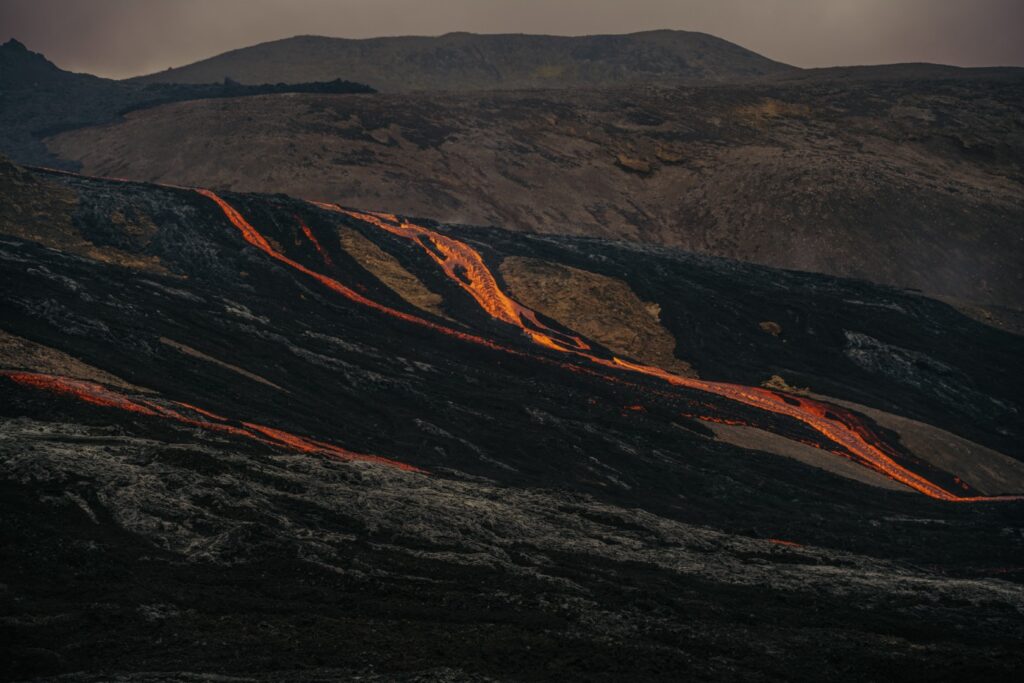
Because I wasn’t completely satisfied with what I’d seen on my first hike to the volcano – and because I desperately wanted to see it during the night, I returned to the trailhead two days later, after a day of roadtripping to some of South Iceland’s hotspots. Two park rangers were at the parking lot so I asked them which route would take me closest to the volcano, and unfortunately they said that the route I’d previously done was the only way now. So I went up the first mountain and along the base of the second one to reach the viewpoint beyond the second mountain.
Despite not being able to get any closer to the volcano, I’m really glad that I went back. It was crazy seeing how much it had changed in just two days. It was a lot less active, only erupting every 15 minutes or so whereas it was constant during my first visit. The lava that was flowing through the valley on my first visit had solidified. But this visit was still my favourite because I got to see the volcano erupting against a dark sky. Talk about dramatic!
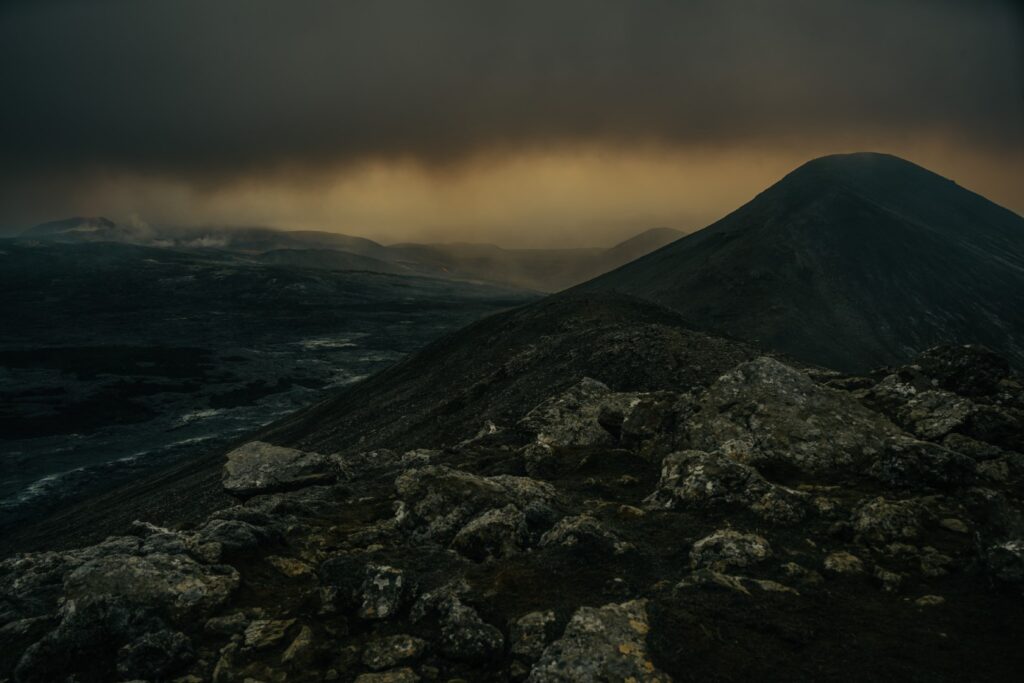
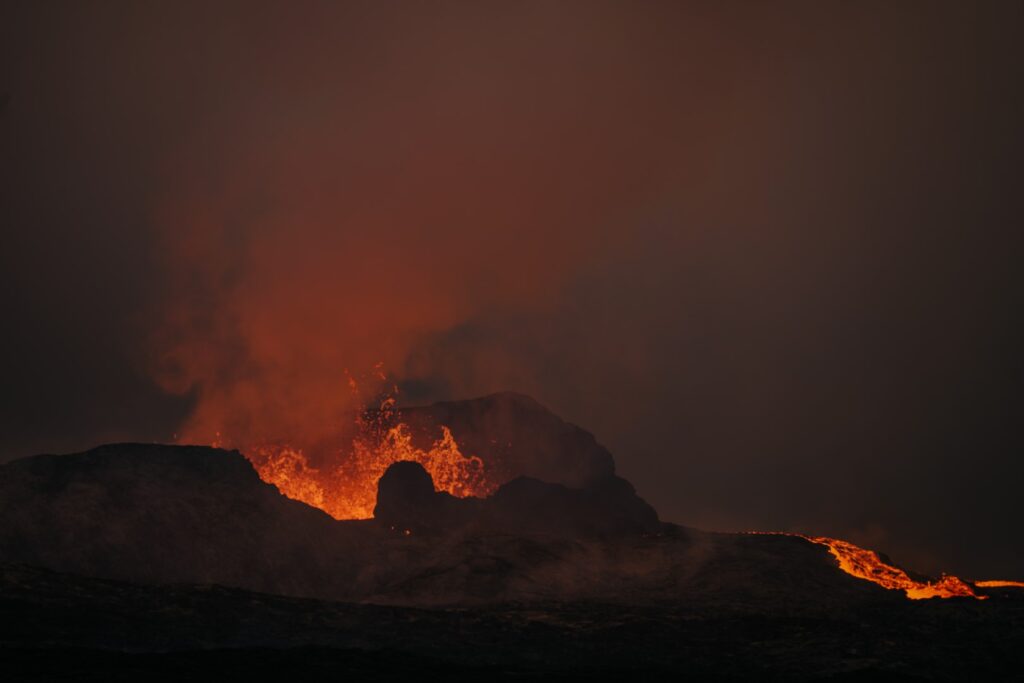
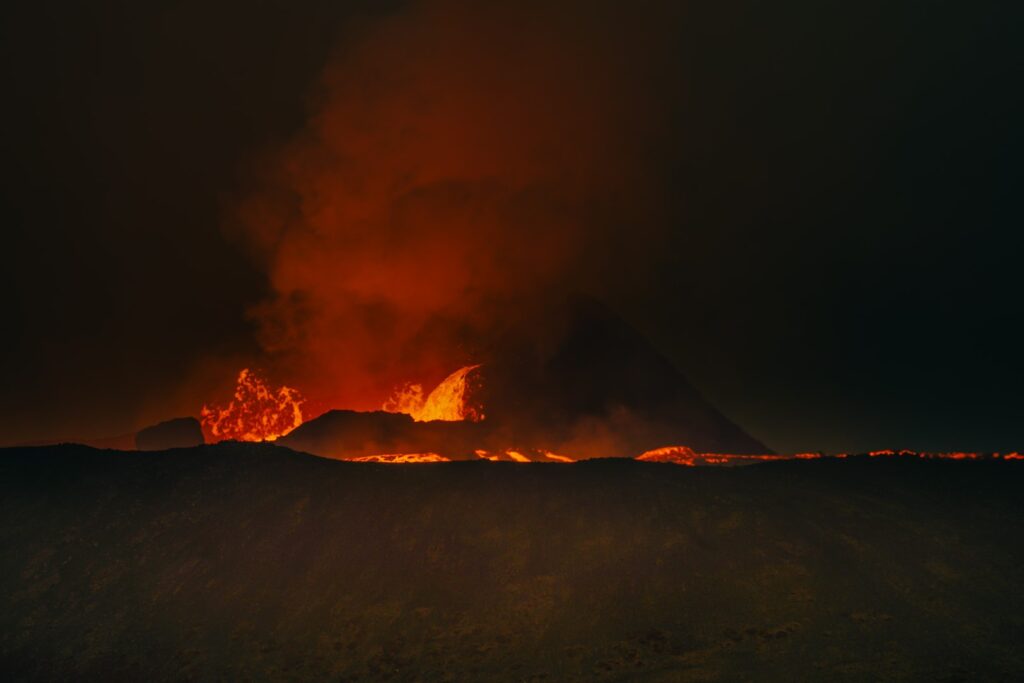
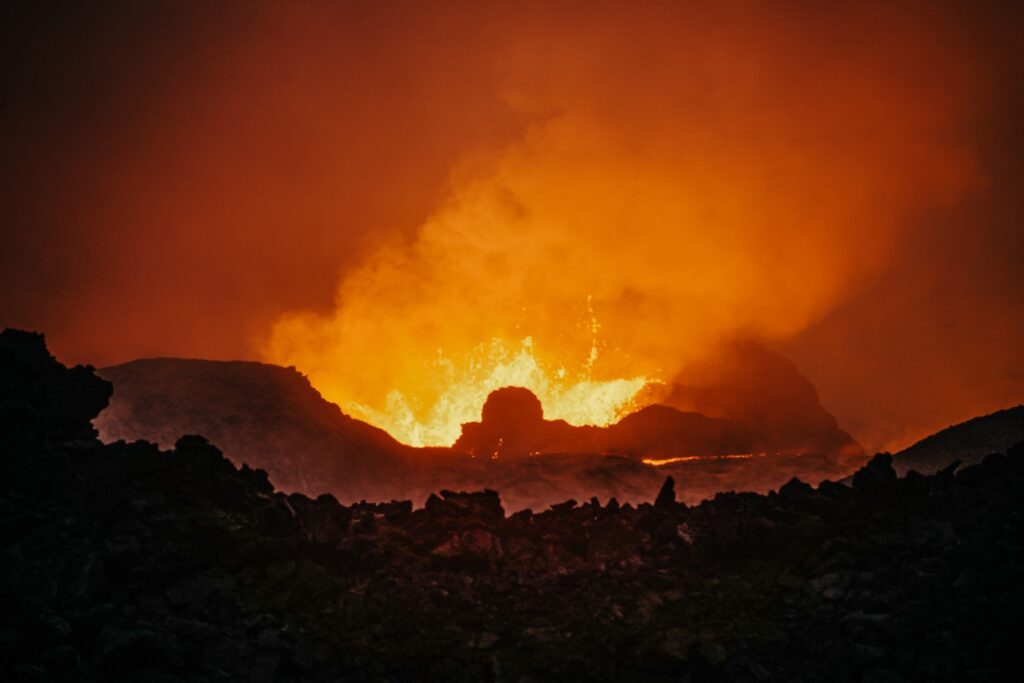
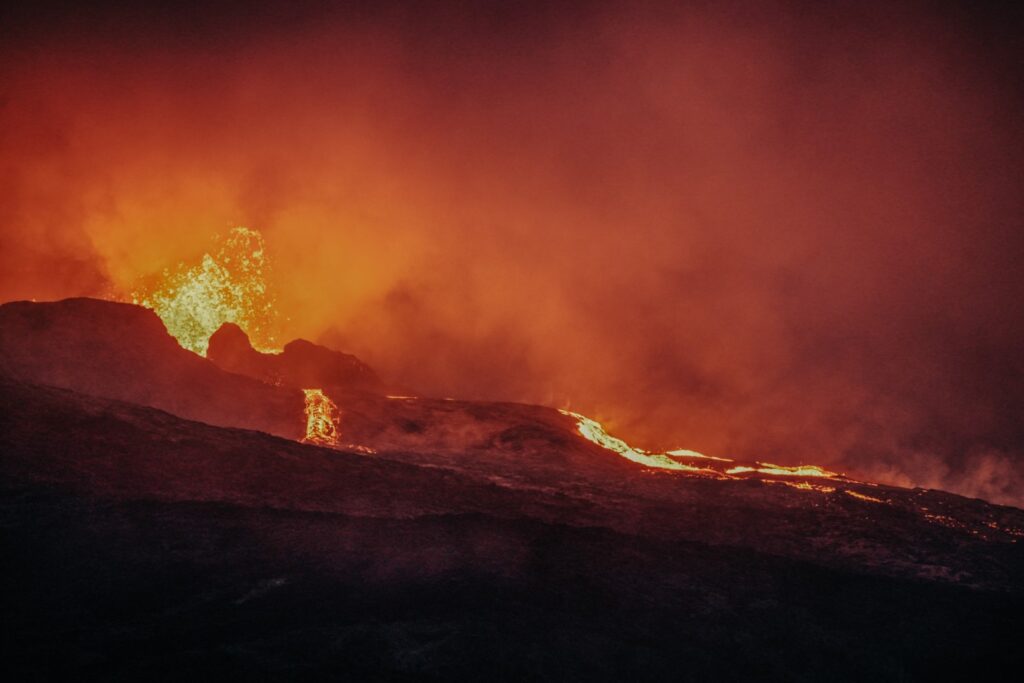
I had an early flight home the next morning so I spent the night in the parking lot next to the trailhead from where I could see the glow from the volcano! On the flight home, I was so excited to spot the ash cloud rising above the clouds!
Fagradalsfjall slowly stopped erupting in the autumn and ceased all activity on October 16th. But this is definitely not the last volcanic eruption that Iceland has seen. I wonder when the next one will be… and where! I hope I’ll be able to see that one too!
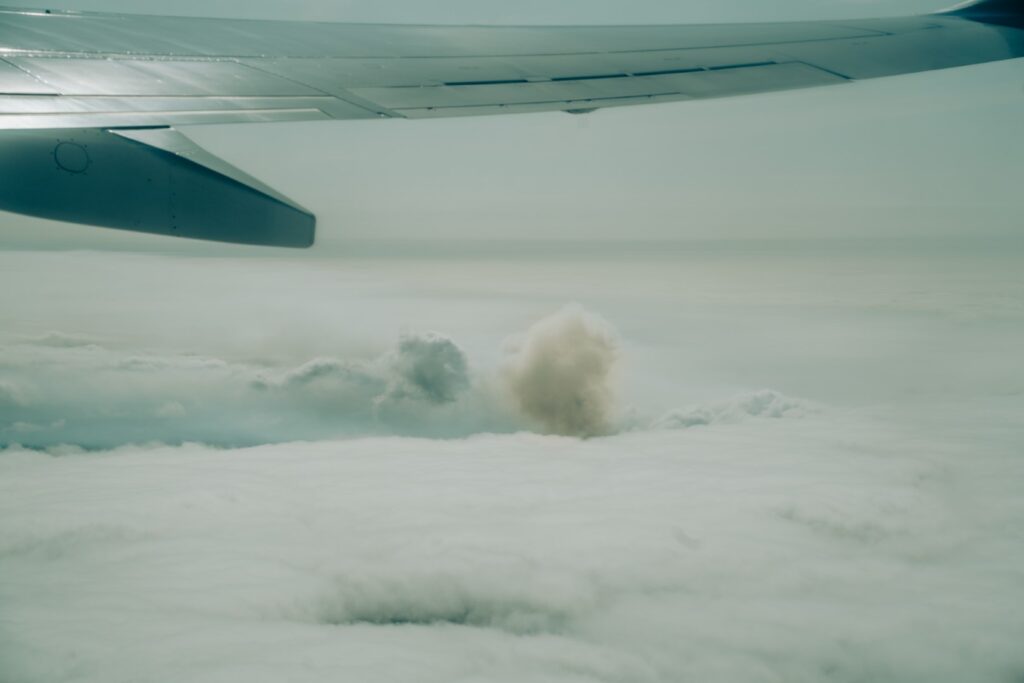
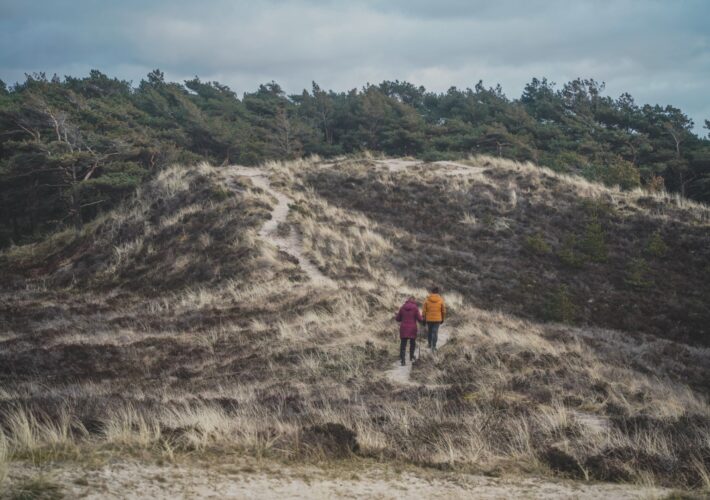
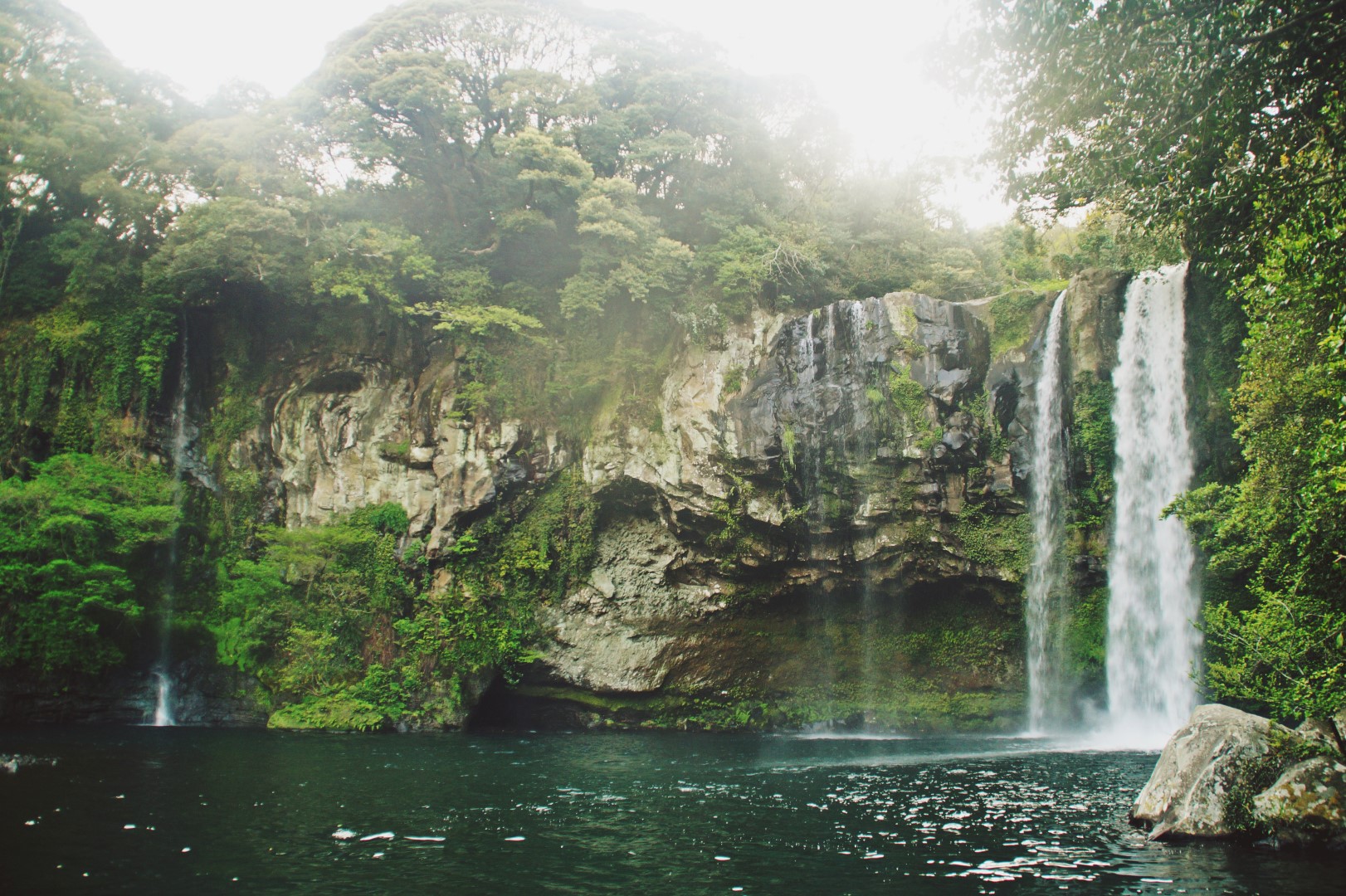
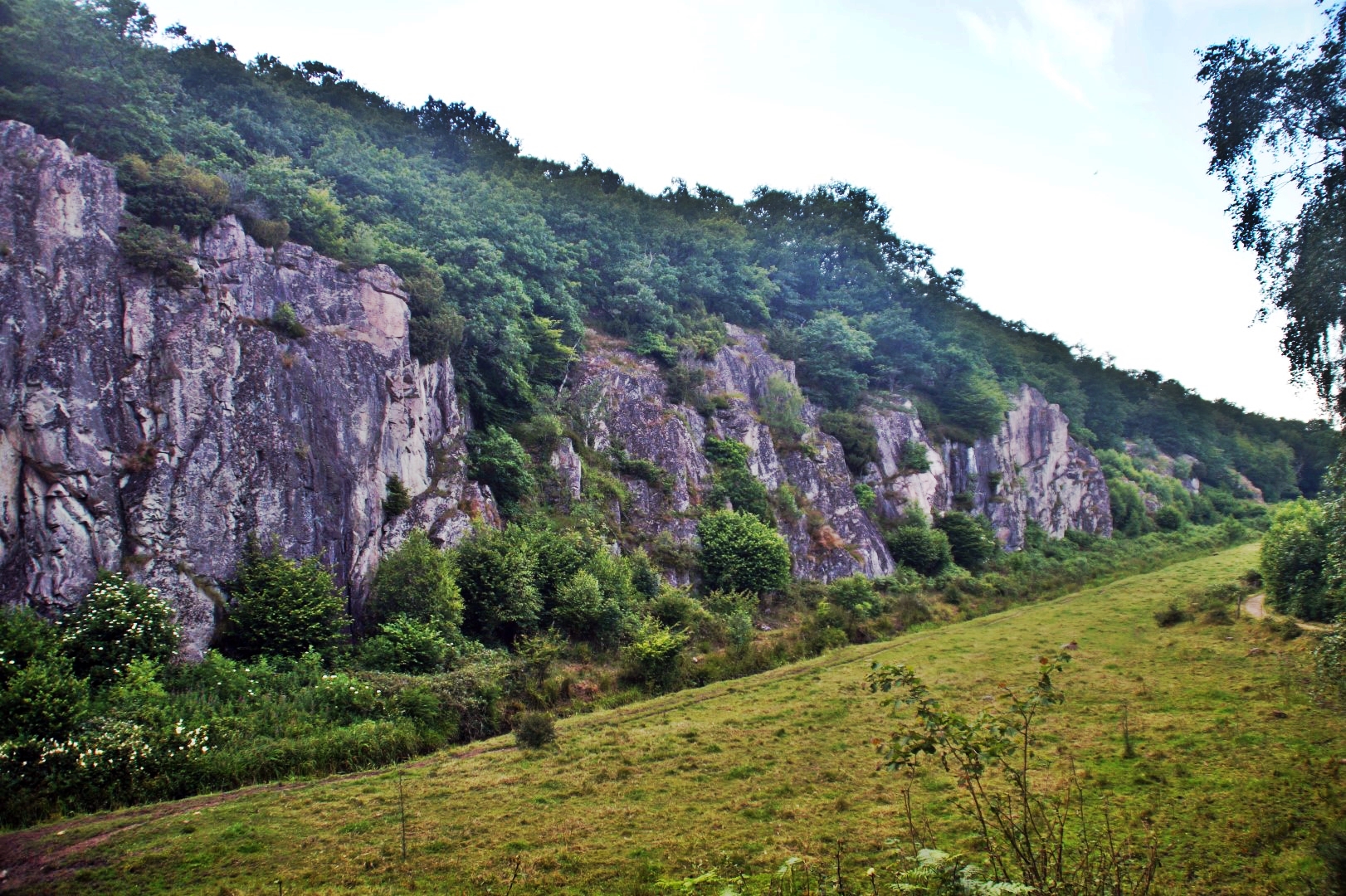

Leave a Comment